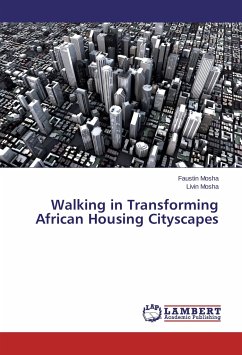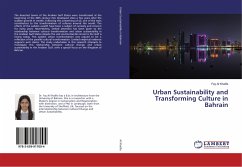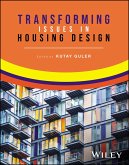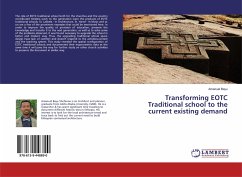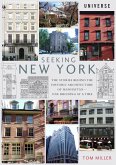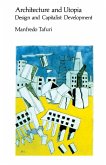This book opens up a critical thinking on the extent at which uncoordinated transformations of housing cityscapes in cities denies walk-ability rights in favour of high-rise building construction and motorized mobilities. Replacement of single store residential houses with high-rise buildings without sufficient provision of social infrastructure has a serious negative impact on spatial functions. Unguided housing cityscape transformations in Kariakoo urban center in Tanzania has provide a show-case. Insufficient knowledge on how to handle these transformations has caused multi-layered negative effects on the public realms in general and people's walk-ability in particular. It has been revealed that there is an inversion of spaces in the public realms such as encroachment of streets' right-of-ways, pedestrian walkways and plot setbacks which compromises the quality of both public and private life of city dwellers. Sporadic invention of midblock streets "magoli" has escalated urbanwalking problems. The growth and death of housing cityscapes is a natural phenomenon but should be guided by both professionals and policy makers.
Bitte wählen Sie Ihr Anliegen aus.
Rechnungen
Retourenschein anfordern
Bestellstatus
Storno

